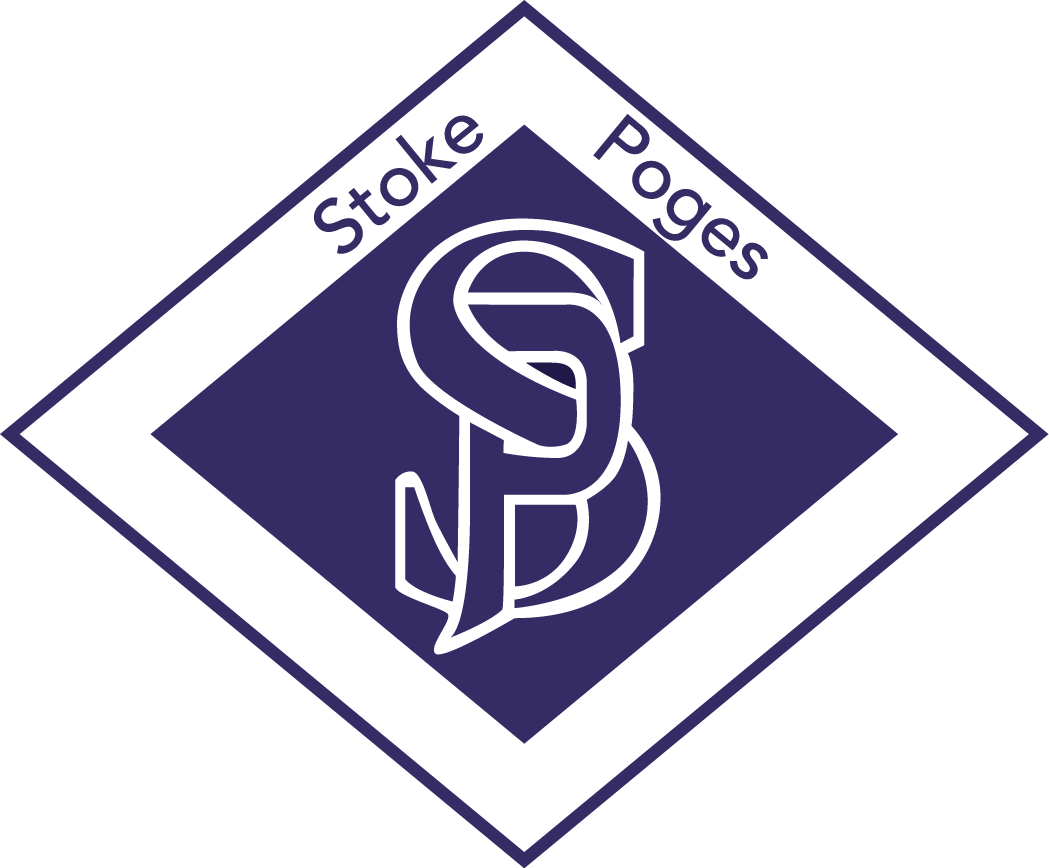We are Artists
Art and Design is a means of communication that can help children to explore, understand, share and represent their physical and human environment. Art and Design education should engage, inspire and challenge pupils, equipping them with the knowledge and skills to experiment, invent and create their own works of art, craft and design. As pupils progress, they should be able to think critically and develop a more rigorous understanding of the subject. They should also know how art and design both reflect and shape our history, and contribute to the culture, creativity and wealth of our nation.
Our pupils’ understanding of Art and Design is developed through knowledge, understanding and appreciation of the work of other artists past and present and from different cultures. They learn to appreciate works of art and use artistic language to describe paintings, sculptures and other artefacts.
What are we aiming for?
Our Art and Design curriculum aims to create children who:
- Have creative vision and can express their individuality through design
- Can use a range of art skills and techniques to create a desired effect
- Have a good knowledge of a range of artists, their individual stye and the impact they have had
How do we achieve this?
At The Stoke Poges School, all children will complete three art and design units of learning per year. Lessons are taught over a number of weeks to allow children to acquire a wealth of substantive knowledge as well as learn and embrace new skills. Teachers use KAPOW resources, which have been designed by a set of highly skilled artists, to inform the planning and delivery of rich, fulfilling and fun lessons.
Children will examine the key elements of line, colour, texture, shape, form, tone and pattern. A wide range of mediums and materials are used, including collage, textiles, painting, drawing, printing, sculpture and ICT. Children are taught skills to enable them to use their imagination to express and communicate ideas, thoughts and feelings. Knowledge organisers are shared with children and referred to throughout lessons to help secure understanding, enhance confidence and promote independence.
We also use the local environment as a source of enrichment, including visits to places of interest such as museums and galleries.
Assessment and monitoring
In art and design, teachers assess children’s progress by making observations during lessons and through discussions, using evidence in books and evaluating projects.
Assessment is used to inform future lessons, ensuring children are supported and challenged appropriately. Due to the practical nature of art, evidence of tasks undertaken by children can be in the form of 2D displays, 3D models and photographs of their work. At the end of a unit, children review their own work, and make links to the work of significant artists.
Art and design is monitored through a variety of strategies, including: planning and project scrutinies, drop-ins and pupil voice activities.
